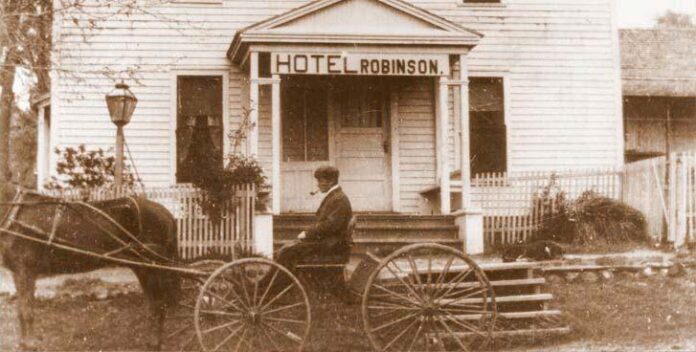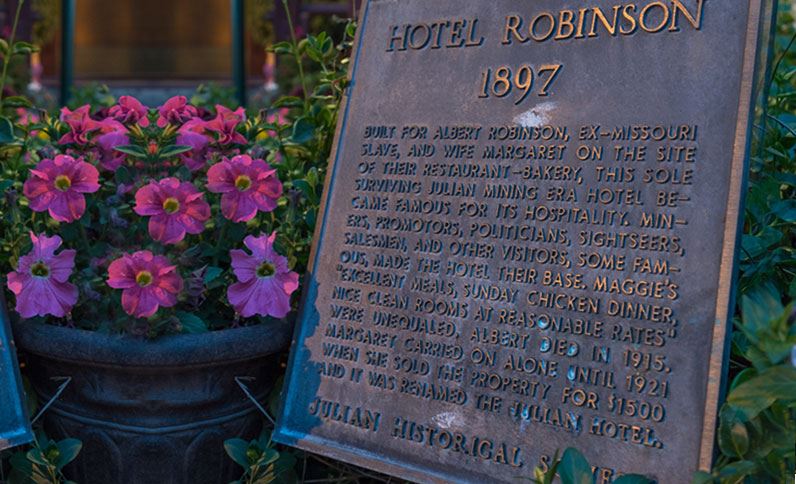
By Aryka Randall, Contributing Writer
“There were slaves in San Diego?”
That’s the response most people get if they mention there were African American slaves in the outskirts of San Diego. While most would like to be believe that historically California was a place that embraced free slaves and stood as a pillar for hope and freedom, the reality is that both San Diego and California as a whole have played a part in slavery and the connection between slavery and The Gold Rush are closely intertwined.
Some of the more well known traces of slavery in San Diego date back to 1852 when California implemented its ‘Fugitive State Law’. A law which declared that any person who came to California as a slave before statehood would remain the legal property of the slave owner who brought them. This law directly affected three slaves by the names of Carter Perkins, Robert Perkins and Sandy Jones who formed a business transporting mining supplies that amassed a modern day equivalent of $100K after earring their freedom in California.
Their freedom came in1851 after their former owner, a Mississippian named Charles Perkins, agreed to let them go pending they mine gold for 6 months. Carter left them with a friend in California and returned back to Mississippi for one year before hearing about California’s Fugitive State Law and demanding to have his “property” back.
The three men were seized in the middle of the night and while the Black community did their best to take legal action, pro slavery justices held the seats in court and the men were ordered to go back to Mississippi. The Fugitive State Law wasn’t repealed until 1864.
Once the Fugitive State Law was abolished, areas like Julian and Romona became popular for free slaves to settle and build a life as they were already familiar with the area from working in gold mines.

In 1887 two slaves in Julian by the name of Margaret and Albert Robinson fell in love, got married, and started a bakery and successful restaurant business. In 1897 both businesses were demolished to make space for their new business, the ‘Hotel Robinson’. They successfully ran their hotel until 1921, and the hotel is still in Julian to this day under the name of “The Julian Hotel”. Hotel staff have made the history of the original owners very clear, letting guests know that contrary to what history has stated, Albert Robinson did not come onto the census as a free man.
Areas like Coronado also have an interesting history with slavery. In 1947, a woman in by the name of Elizabeth Ingalls along with her husband Alfred Ingalls were acquitted on charges for the slavery of a woman named Dora Jones. Jones had been enslaved at the couples home for decades and was beaten, forced to work without pay, and sexually assaulted by Mr. Ingalls on a regular basis. Elizabeth Ingalls threatened to have Jones brought up on charges for abortions from the sexual assaults by her husband if she tried to flee their home.
While slavery has always been present in California, there is little to no acknowledgement of it’s presence in textbooks leading most people to believe that California was a free state that provided safety to slaves fleeing the south. The truth of the matter is that slavery was no where near frowned upon in California and slaves from the south were brought here to help build the state and mine gold.
As for San Diego, a long history with slaves lies between El Cajon and Julian and while the impact of those people may not have been archived in textbooks, their legacies will not be forgotten by the locals who continue to share their stories.


